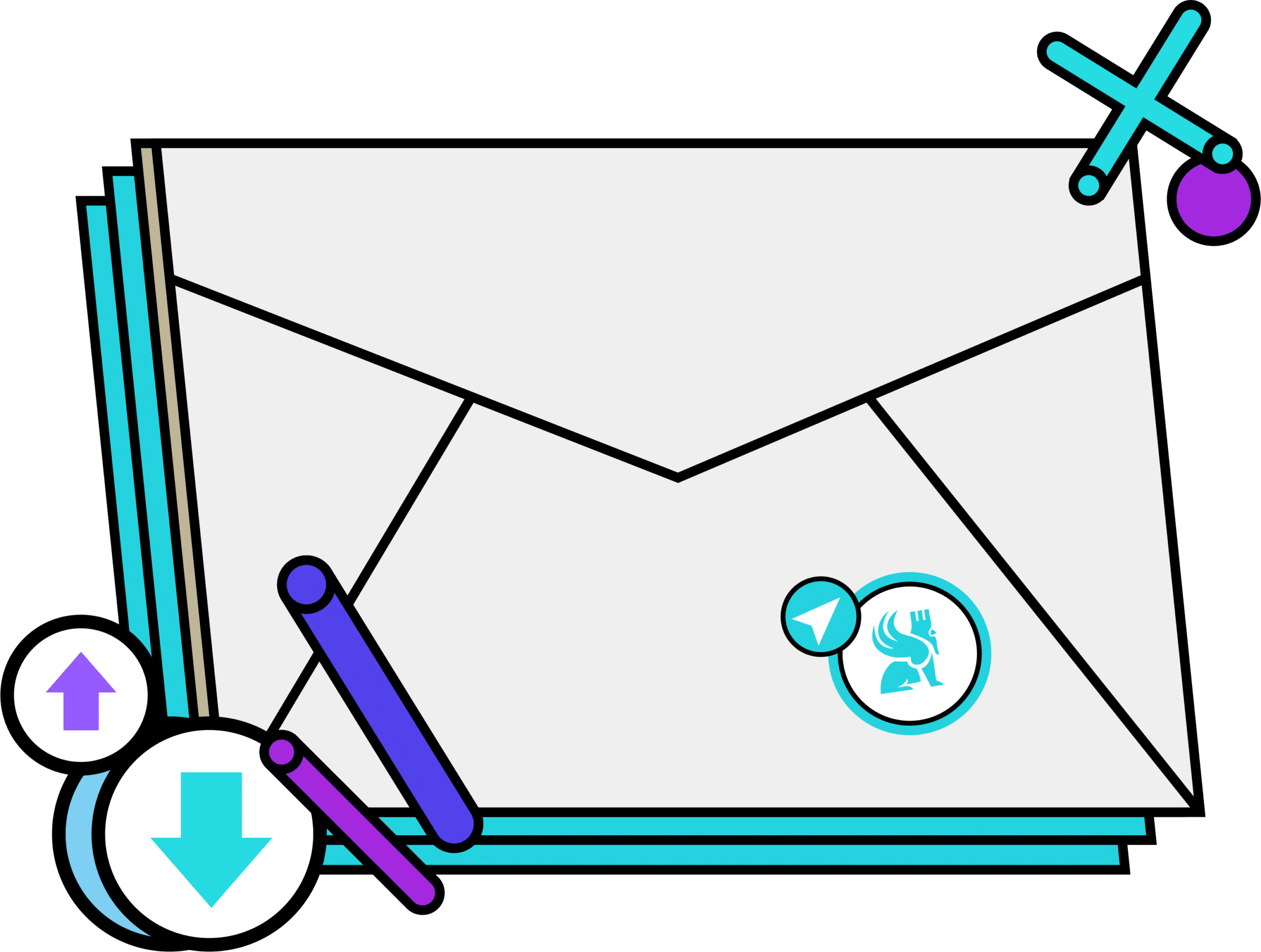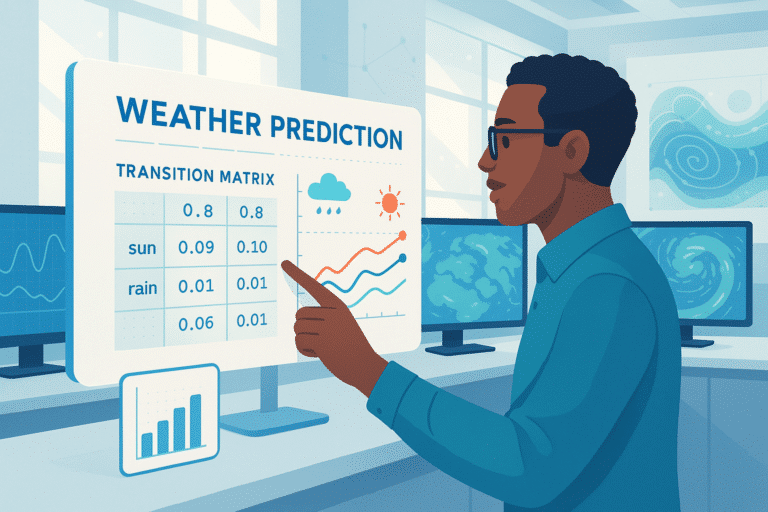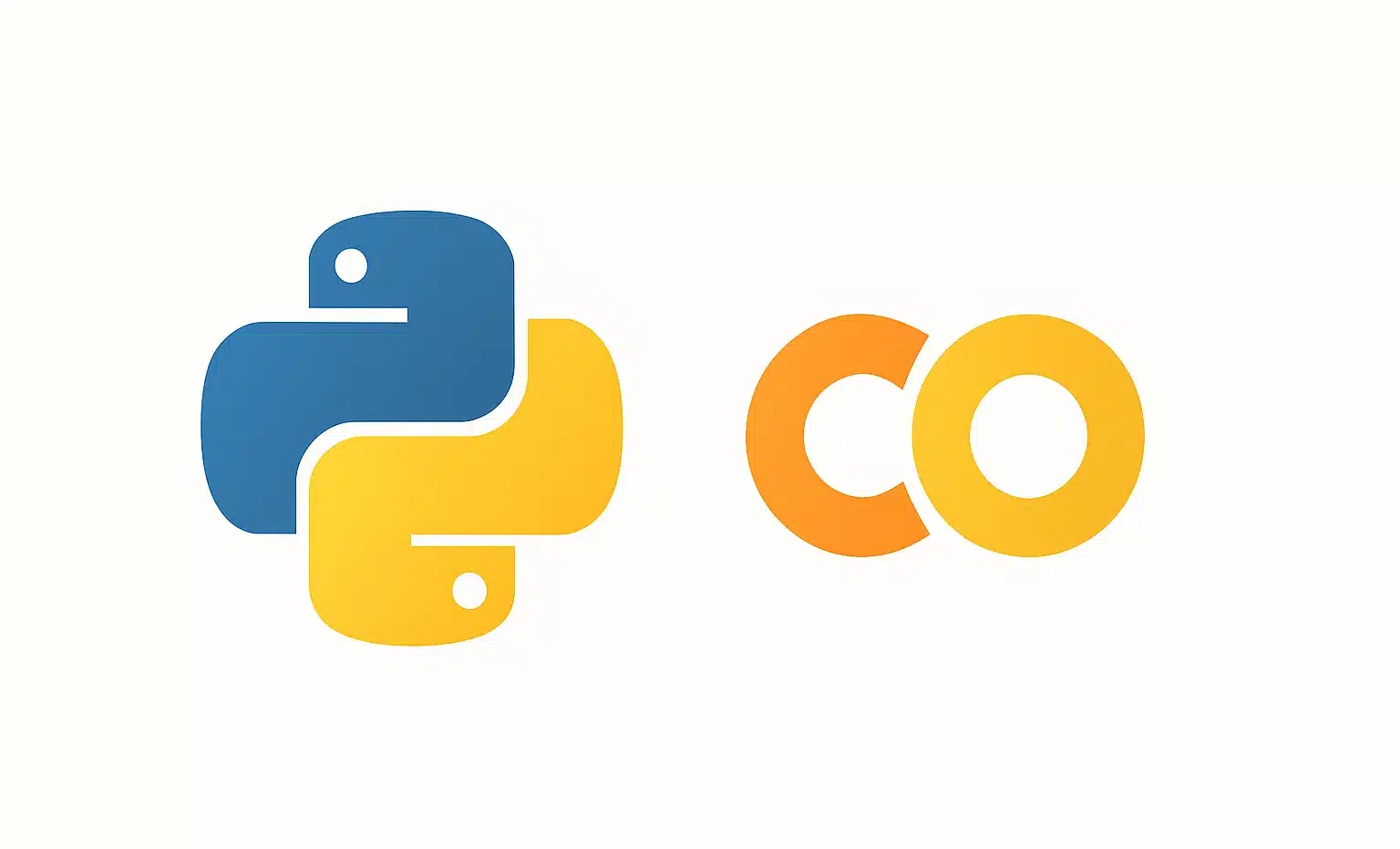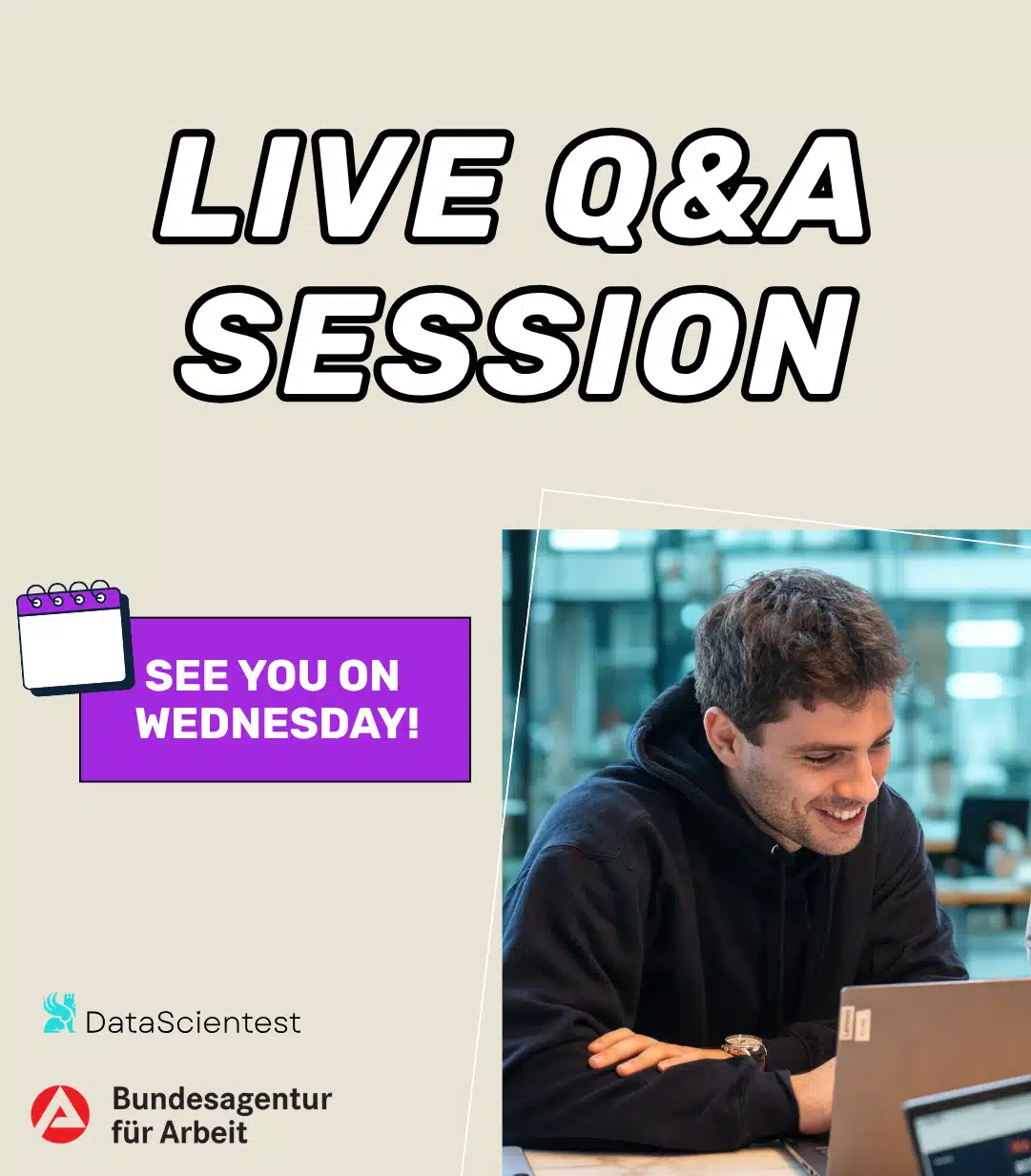Microsoft Graph serves as the ultimate gateway to access all the data and services within the Microsoft ecosystem. It’s more than just an API; it centralizes interactions with Outlook, Teams, SharePoint, OneDrive, and much more from a single entry point. Discover how it has become the core of Microsoft 365!
From emails in Outlook, files in OneDrive, conversations in Teams, to collaborative documents in SharePoint, companies are immersed in a sea of Microsoft 365 data. Each of these applications contains valuable information, but their dispersion complicates smooth access to this digital capital.
For developers, integrators, or even analysts, collecting this data to build an intelligent application or a business automation can quickly become a headache. To solve this issue, Microsoft offers the Graph API: a unified data hub that enables you to access, combine, and utilize all the elements of Microsoft 365 from a single entry point.
Emails, files, schedules, users, Teams messages: everything becomes queryable via standardized REST queries. The potential is immense for automating, connecting, and enriching internal applications as well as low-code tools…
The headache of data fragmentation
The era of the collaborative cloud has brought powerful tools but also massive data fragmentation. In a typical company, documents are shared via SharePoint or OneDrive, while ongoing exchanges in Teams are often mixed with attachments and links.
Tasks are scattered across Planner, To Do, or other third-party tools. Thousands of events are recorded in Outlook, not to mention groups, profiles, and shared calendars.
Each of these services operates in its own silo, with its own API, data format, and access rules. The direct consequence: developers have to juggle a multitude of endpoints, authentications, and business logic.
The technical cost of cross-integration quickly becomes prohibitive, even for the most experienced teams. Across an organization, this dispersion costs time, leads to duplications, limits the global vision, and creates hurdles in automating processes.
Fortunately, Microsoft Graph reshuffles the deck by creating a smooth bridge between all these sources!

Microsoft Graph: an API to rule them all
Instead of multiplying API connections to each Microsoft 365 service, Microsoft Graph offers a single entry point. Concretely, it is a RESTful API available at https://graph.microsoft.com, capable of navigating the entire Microsoft 365 ecosystem with a simple and consistent syntax.
Everything is done through standard HTTP requests, with verbs like GET, POST, or PATCH, and readable paths. For example, a query like GET/me/messages allows you to directly query the authenticated user’s mailbox! And the rest follows the same logic: calendar, drive, teams, planner, users…
Authentication is ensured through Azure Active Directory, with a granular permission system that allows you to maintain control over exposed data. Thus, Graph acts as an abstraction layer that conceals the complexity of underlying services. No more managing 12 different APIs to retrieve a file, send a message, or create an event.
A single, unified, well-documented, and scalable interface! And that’s not all: Microsoft Graph is not only transactional, but it also provides intelligent insights such as document recommendations, collaboration analysis, or user connections.
These insights rely on Microsoft 365 algorithms to enrich raw data. It is therefore the foundation on which Microsoft builds its intelligent collaborative cloud, and you can connect your own tools to it.
Use cases: from automation to AI
The real power of Microsoft Graph is in what you can do with it. Once integrated, it becomes the driving force behind cross-functional projects, whether no-code, low-code, or full code. Here are some use cases that illustrate its value in the field!
Take a business integration example: an HR application developed internally can query Graph to automatically display an employee’s Outlook availability, recent shared documents, or even their task assignments in Planner. No more manual entry or information cross-referencing: everything is synchronized at the source.
Another fertile ground is the Power Platform. With Power Automate, Graph enables triggering complex flows as soon as a Microsoft 365 event is detected. For instance, when a user sends an email with a specific keyword, an HR process can be automatically initiated. A OneDrive folder is created, a Teams manager is alerted, and the request is stored in a Dataverse database.
Moreover, Graph is also an asset for enterprise chatbots. A conversational assistant can, through Microsoft Graph, access user profiles, schedules, or recent documents. It can also provide contextualized and personalized responses. It’s an applied AI accelerator, already employed by Microsoft Copilot.
Another area where Graph is used is behavioral analysis. It collects engagement metrics such as time spent in meetings, frequency of exchanges, or nature of interactions. This allows companies to gain insights into their internal dynamics. However, make sure to respect governance and confidentiality rules!

Security, governance, and limits to know
Accessing all Microsoft 365 data from a single API is powerful, but also highly sensitive. To manage authentications and authorizations, Microsoft Graph relies on Azure Active Directory through a rigorous model of granular permissions.
Each application wishing to utilize Graph must be registered, and each type of access requires explicit consent. For example, reading emails or modifying OneDrive files are two distinct authorizations.
This approach allows administrators to maintain tight control over the rights granted to applications, and to restrict access as necessary. In terms of governance, Microsoft Graph respects Microsoft 365’s security policies: sensitivity labels, geographic restrictions, conditional access, logging… everything is considered.
But caution is needed: once an application is authorized to access a user’s data, it can access it as long as the user is authenticated, even without their knowledge. Therefore, regularly audit connected third-party apps!
In terms of performance, Microsoft Graph sets quotas and usage limits, notably to prevent abuse or massive query loops. You may need to juggle refresh delays, batch calls, or use webhooks to adapt to the API constraints.
Some features, like insights or advanced analytical data, are only available on certain Microsoft 365 plans. To maximize Microsoft Graph’s potential, you need to combine know-how and security rigor.
Why does Microsoft invest so much in Graph?
This service has become the technical backbone of modern tools in the Microsoft 365 suite: Copilot, Loop, Power Platform, Viva… All utilize Microsoft Graph to access, understand, and cross-reference user data in real-time.
Through Graph, Microsoft provides a smooth, coherent, and intelligent user experience across applications. For developers, it’s a strategic asset. Instead of recreating the wheel for each tool, they can build cross-functional solutions directly aligned with Microsoft’s standards.
In the Power Platform, Graph is the lever that connects Power Automate flows, Power Apps applications, and Power BI dashboards to the Microsoft ecosystem. With the massive arrival of AI Copilot, it also becomes the secondary brain of intelligent assistants, enabling them to understand who is doing what, with whom, and on which file.
Beyond being an API, Microsoft Graph represents a comprehensive vision, a mechanism of interoperability. By integrating it into your projects today, you lay the foundations of a modern, scalable architecture that is distinctly data-driven.

The invisible bridge between your apps and your data
By centralizing access to emails, files, users, Teams messages, and schedules, Microsoft Graph enables the creation of smarter applications, more relevant automations, and more coherent interfaces.
For tech teams, it’s a powerful shortcut to a fine exploitation of collaborative data. For companies, it’s an engine of efficiency and modernization of workflows. If you wish to master Microsoft 365 integrations, automate your flows, or build connected solutions with Microsoft Graph, DataScientest offers a training program tailored to your ambitions.
The Data Engineer course will equip you with the necessary skills to manipulate APIs, structure data pipelines, create automations with Power Platform, and develop robust cloud architectures.
You will also learn to manage access, permission models, and best security practices related to data. With our practice-based approach, you will develop real concrete projects leveraging Microsoft Graph and the Microsoft ecosystem.
We also offer dedicated training on the Microsoft Azure cloud and the Power BI Business Intelligence platform! Our courses are available in an intensive BootCamp, continuous training, or apprenticeship, with possible funding through CPF or France Travail. Discover DataScientest!
You now know everything about Microsoft Graph. For more information on the same topic, explore our complete article on the Power Platform and our dedicated article on APIs!










